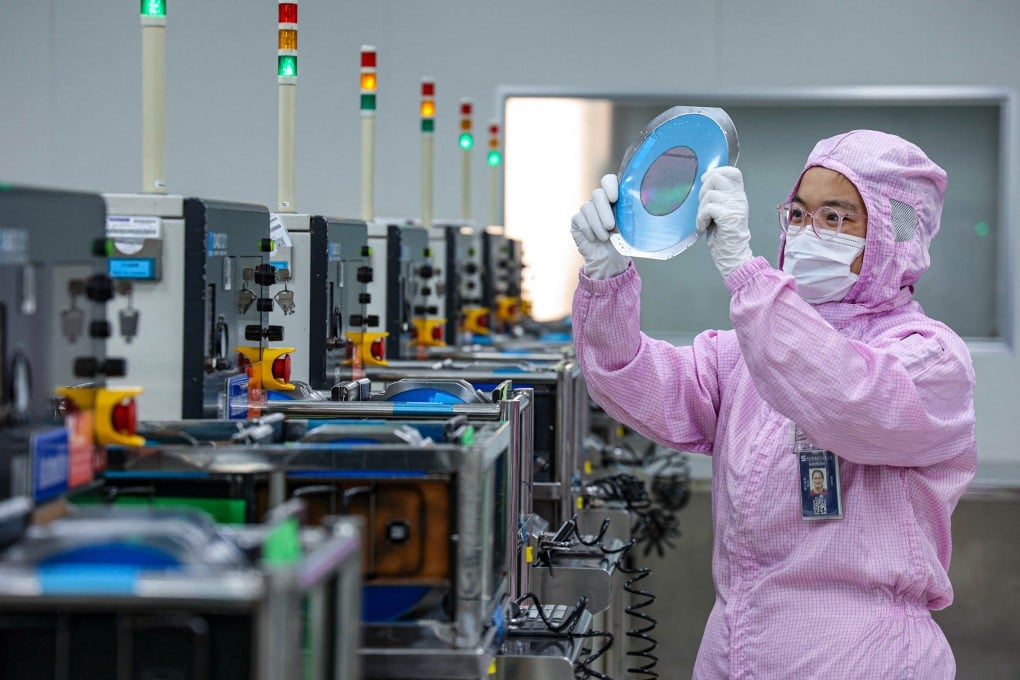China's AI Resource Control Challenges U.S. Tech Dominance
China's control over AI resources and low-cost models challenges U.S. tech dominance, impacting stocks and the global economy.

China’s Control Over Key AI Resources Threatens U.S. Economy and Global Tech Landscape
China has positioned itself as a dominant force in the AI industry by controlling critical resources and developing low-cost AI models that challenge U.S. technological supremacy. This growing influence not only threatens U.S. stocks but also poses significant risks to the broader American economy as the AI race intensifies between the two superpowers.
China’s Strategic Control Over AI Resources
One of the core elements driving AI innovation is access to advanced semiconductor chips, particularly those optimized for AI processing. China has made substantial progress in its domestic chip manufacturing ecosystem, supported by strong government policy, capital investment, and a growing network of local AI developers and cloud service providers. This ecosystem has enabled China to reduce its dependence on foreign chip imports and accelerate the deployment of AI models at scale across industries.
Despite U.S. export restrictions on cutting-edge AI chips, China continues to innovate. For example, Nvidia in May 2025 introduced a low-cost AI chip tailored for the Chinese market to comply with export controls, highlighting the ongoing trade tensions and the competitive chip race between the U.S. and China. While the U.S. holds an advantage with access to the latest Nvidia Blackwell series chips, China’s most advanced accessible chip—the H20—is reportedly a generation behind, offering significantly less compute power (up to 15 times less) than the U.S. counterparts.
Low-Cost Chinese AI Models and Global Impact
China’s AI models are gaining traction not only domestically but also internationally, including in the United States. These models are often cheaper and more accessible than their U.S. equivalents, fueling concerns of an AI bubble in the U.S. that centers on high-cost, high-investment AI development. The affordability and rapid deployment of Chinese AI systems give them a competitive edge, enabling them to capture market share quickly and challenge established American AI firms.
This dynamic threatens to disrupt U.S. tech stocks, as investors question the sustainability of the high valuations of American AI companies facing fierce competition from Chinese alternatives. The competitive pressure could slow U.S. innovation or shift AI leadership if current trends persist.
Broader Economic and Geopolitical Implications
The AI competition feeds into a larger strategic rivalry between the U.S. and China, often dubbed an “AI Cold War.” Control over AI technology and critical manufacturing resources like semiconductors is increasingly seen as a matter of national security and economic sovereignty. China’s push to build self-reliance in AI chip production and model development aligns with its broader industrial policy goals, such as those articulated in the "Made in China 2025" initiative, which aims to develop advanced technologies domestically.
However, China still faces technological gaps, particularly in producing high-tier CNC machines and leading-edge chip manufacturing tools, where it controls only a small fraction of the global market. These gaps could limit China’s ability to fully catch up in the most advanced semiconductor technologies, at least in the near term.
The U.S. government has responded with export controls and investment in domestic AI and semiconductor industries to maintain a competitive edge. Yet, the rapid progress of Chinese AI innovations, combined with their cost advantages, complicates this strategic landscape.
Market Trends and Future Outlook
The global AI processor market is booming, projected to grow from $57.9 billion in 2025 to over $467 billion by 2034 at a compound annual growth rate (CAGR) of 26.11%. Within this market, China’s AI chip ecosystem is expanding rapidly, driven by domestic demand and government support.
North America currently leads the AI processor market with about 46.4% share, but the Asia-Pacific region, led by China, is expected to experience the fastest growth in the coming decade. This shift underscores the potential for China to challenge U.S. dominance not only in manufacturing but in AI innovation and deployment worldwide.
Visual Illustrations
- Images of Chinese AI chip manufacturing facilities and semiconductor fabs demonstrate China’s industrial scale and investment.
- Photos of Nvidia’s Blackwell series chips and the H20 chip highlight the technological gap and U.S. export control impacts.
- Graphs showing AI processor market growth by region illustrate the rapid expansion of China’s AI ecosystem.
China’s control over key AI resources and its ability to produce cost-effective AI models represent a strategic challenge to the United States. While the U.S. retains technological leadership in advanced chips, China’s aggressive push for AI self-sufficiency and global expansion of affordable models is reshaping the competitive landscape, with profound implications for technology markets, national security, and the global economy.


